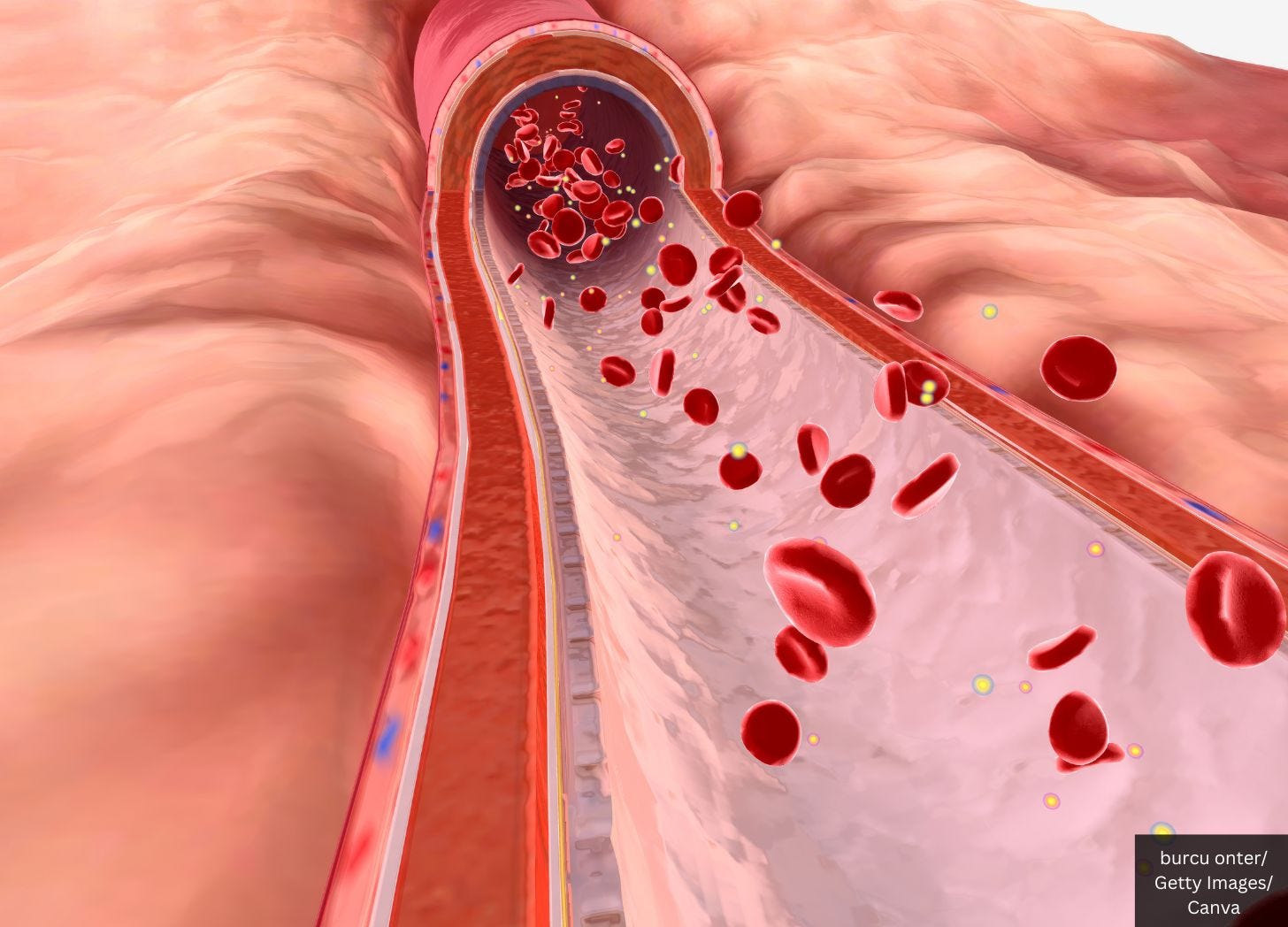COVID Vaccinated Could Shed Lipid Nanoparticles, Spike Protein Through Blood Transfusion, Breastmilk, Organ Transplantation, Exhalation, Skin-to-Skin Contact: New Preprint Study
“Biodistribution may not be limited to the body of the vaccine recipient," the authors write.
A new study made available online today in preprint analyzes exposure to COVID-19 vaccine components such as lipid nanoparticles or spike protein.
Follow Jon Fleetwood on Instagram @realjonfleetwood / Twitter @JonMFleetwood
This exposure can be experienced directly, as through vaccination, or indirectly, such as through blood transfusions from vaccinated donors.
Lipid nanoparticles (LNPs) are used in mRNA COVID vaccines, like Pfizer and Moderna, to deliver the mRNA into the host cells.
The mRNA tells the host cell to produce spike proteins, which in turn triggers an immune response in the body.
The study authors argue these vaccine components can be found not only in the body of the vaccinated, but they also can be shed onto those nearby.
“Biodistribution may not be limited to the body of the vaccine recipient, as a growing body of evidence demonstrates the possibility of secondary exposure to vaccine particles,” the authors write.
“These can be via bodily fluids and include the following routes of exposure: blood transfusion, organ transplantation, breastfeeding, and possibly other means.”
For example, the presence of vaccine components in the blood “presents a possible threat to a recipient of a blood donation from a vaccinated donor who suffered from vaccine induced thrombosis or thrombocytopenia (VITT).”
Vaccine-induced thrombosis or thrombocytopenia is a serious condition where blood clots (thrombosis) and low platelet levels (thrombocytopenia) occur after receiving certain vaccines, particularly those against COVID.
Follow Jon Fleetwood on Instagram @realjonfleetwood / Twitter @JonMFleetwood
Alarmingly, the authors were unable to find evidence that it is safe for the vaccinated to donate blood.
“[W]e did not find evidence to support the safety of COVID-19 vaccine recipients to donate blood,” the study reads. “Questions remain over the safety of associated blood products and secondary exposure to vaccine particles.”
The authors therefore call on the vaccinated to stop donating blood altogether.
“Given these concerns, blood donors should consider refraining from donation until more information is published on the safety of blood from vaccinated donors,” they conclude.
The researchers note vaccine components can be shed from the vaccinated onto those nearby simply by proximity.
“In households where one person was vaccinated, other family members developed spike protein antibodies,” they confirm.
Vaccine components can be transferred simply through “either exhalation or skin-to-skin contact.”
The authors also point to sexual intercourse as a “possible mode of transmission,” as “spike protein RNA has been observed in semen during SARS-CoV-2 infection.”
Breastfeeding also presents a “possible, albeit likely transient, route of secondary exposure for nursing babies” given that “vaccine contents have been observed in breast milk,” the study adds.
The researchers point to cases of breastfed infants who have suffered from severe adverse events “from their mother’s milk that contains not only SARS-CoV-2 antibody proteins, but traces of the injection materials and likely spike proteins as well.”
You can read the full preprint below:
Follow Jon Fleetwood on Instagram @realjonfleetwood / Twitter @JonMFleetwood





The covidiots will keep jabbing and breast feeding. Oh, dear. A baby with a heart attack! It must be global warming. Nothing that I / we did could cause it!!!
Excellent post!